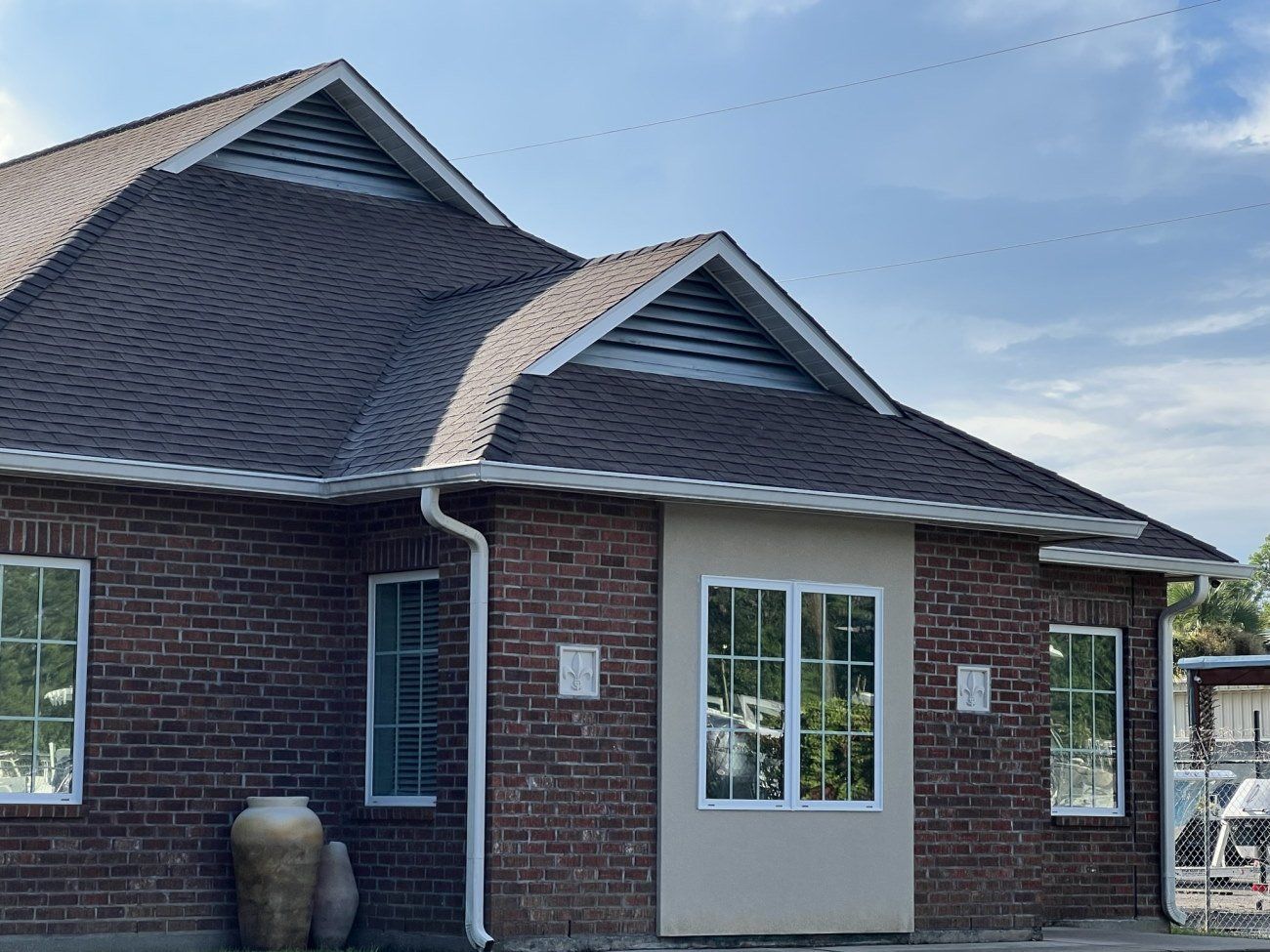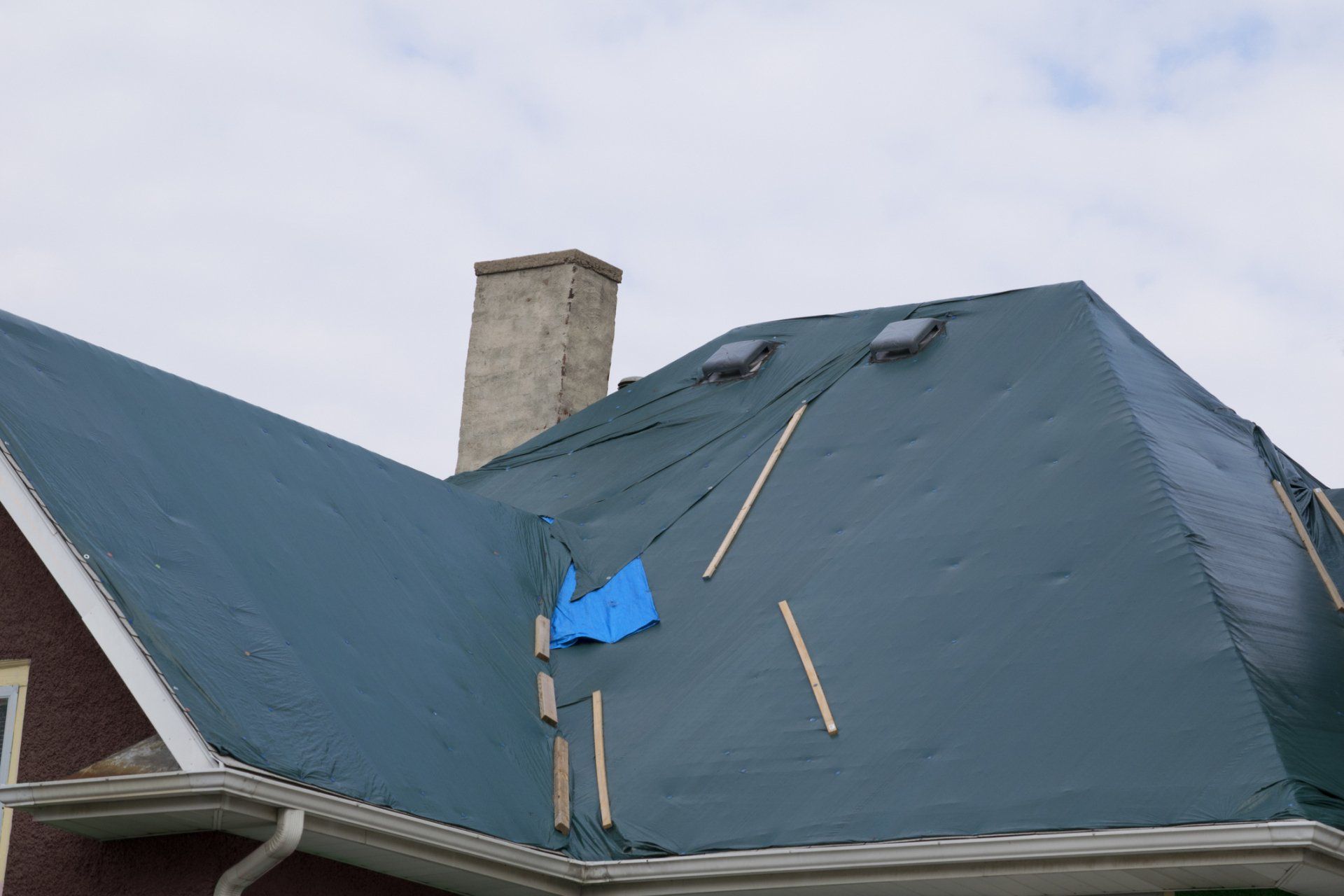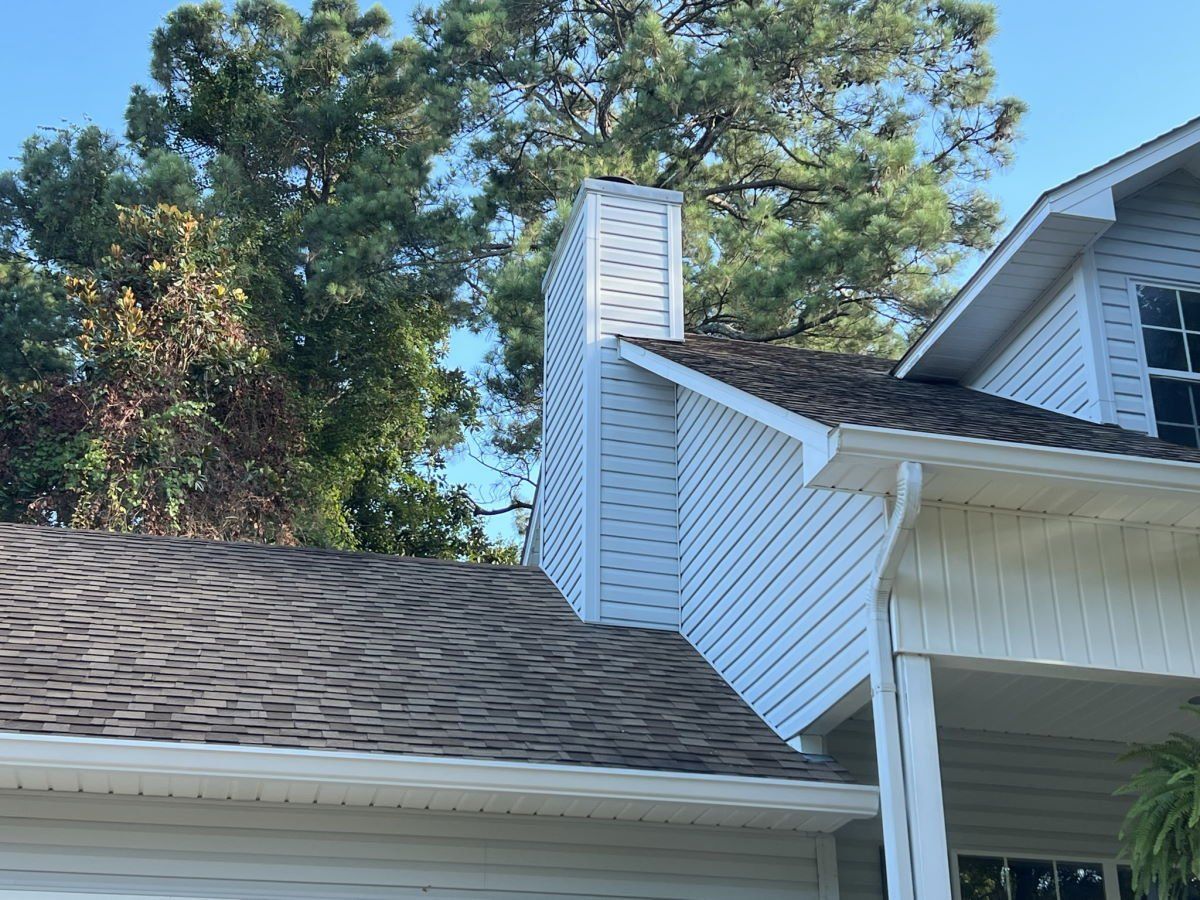Free Estimates | Call Us Today
How to Remove Moss from Your Roof [The Ultimate Guide]
How to Remove Moss from Your Roof: The Ultimate Guide
Moss can be a pesky problem on roofs. Not only does it make your roof look ugly, but it can also lead to damage and leaks. If you want to get rid of moss from your roof, the process is easier than you might think. You can use a power washer, a broom, or rake, and you can also make use of a soapy solution. You can also make a homemade moss remover to use on your roof. In this blog post, we will discuss how to remove moss from your roof and keep it looking beautiful for years to come!
What is moss and why does it grow on roofs?
Moss is a plant that thrives in moist, shady environments. It often grows on roofs because they are usually cooler than the surrounding air and retain more moisture. Moss can cause problems for your roof because it holds water against the shingles, which can lead to rot and leaks. Additionally, moss can prevent sunlight from reaching the shingles, which can cause them to deteriorate.
Types of Roof Moss
There are two main types of roof moss: green moss and lichen. Green moss is the most common type of roof moss and can be removed with a pressure washer or a garden hose. Lichen, on the other hand, is a more difficult to remove and usually requires heavy-duty chemicals.
How to Tell What Type of Moss You Have
The best way to determine what type of moss you have is to look at it closely. If the moss is green and easily removed with a pressure washer, then it is most likely green moss. If the moss is black, gray, or white and seems to be attached to the roofing material, then it is probably lichen.
Either way, if you have moss on your roof, it is important to remove it as soon as possible to prevent damage. In this blog post, we will discuss how to remove moss from your roof and keep it looking beautiful for years to come!
How do I know if my roof has moss and what are the signs of damage caused by moss growth?
If you live in an area with a lot of trees, it's a good idea to inspect your roof regularly for moss growth. You may be able to see the moss from the ground, or you may need to get on your roof to take a closer look. If you see any green or black streaks on your shingles, that is a sign that moss is present. Additionally, if you notice any bare spots on your roof, that is also a sign of moss damage.
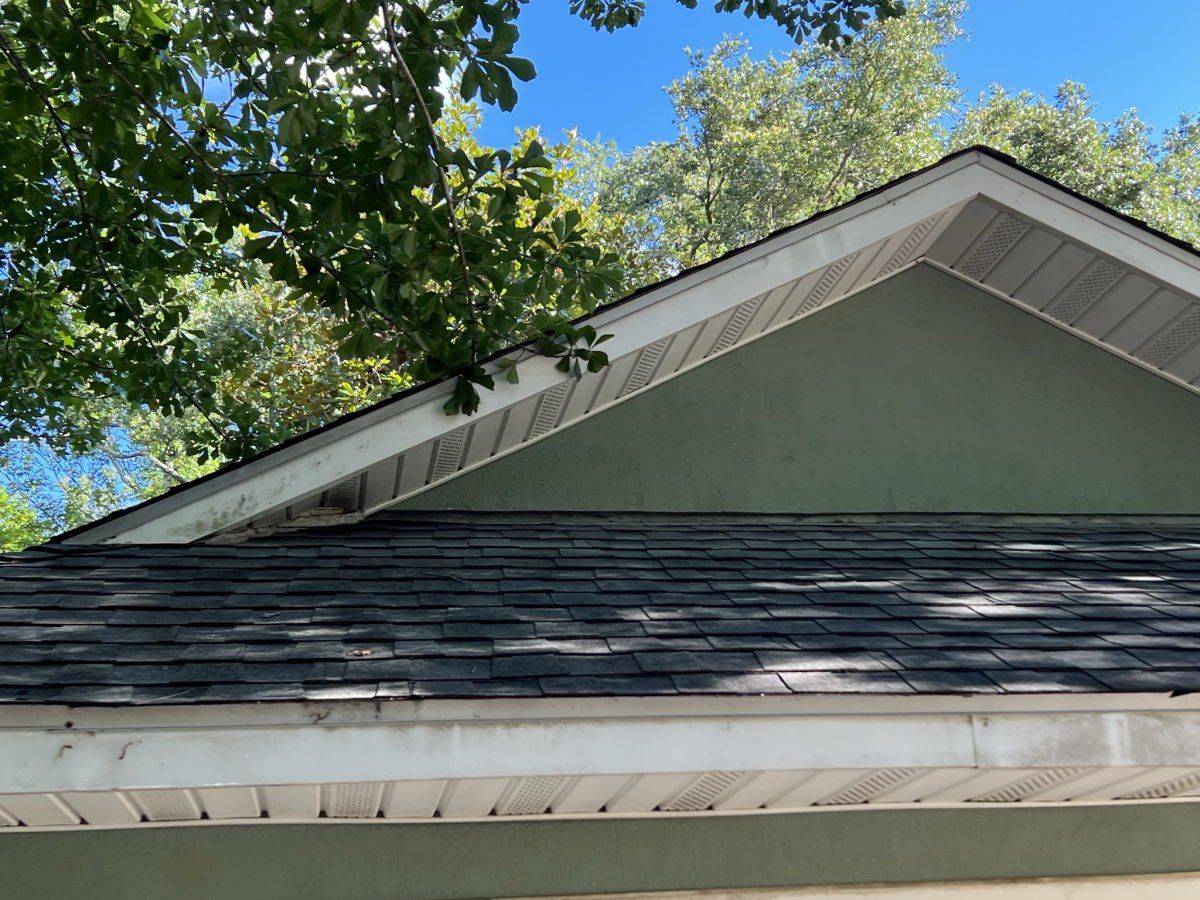
How to remove moss from a roof - Step By Step Guide
Using a power washer
If you're ready to get rid of the moss on your roof, a power washer can do the trick. But be sure to avoid damaging the roof shingles. It's best to keep the power washer away from mossy areas, and it's also best to use it on the lowest pressure setting possible.
When using a power washer to clean your roof, you'll need a specially-formulated cleaning solution. If you're dealing with black mold or fungus, you'll need a special cleaner. However, green moss can be cleaned with plain water. Using a spray wand that is 35 degrees will help distribute the pressure over a wider area. This will also make the process less harsh on the shingles.
If you don't have a power washer, you can also use oxygen bleach. One gallon of oxygen bleach mixed with 1-1/2 to 3 cups of white distilled vinegar will do the trick. The best way to apply the solution is with a pump garden-style sprayer, but you can also use a backpack style sprayer that is safer to use while working from a ladder. The sprayer will also help you remove any debris.
Using a rake
If you're considering using a rake to remove mosses from your roof, you've probably heard that you should be careful when doing it. Moss can damage your roof by absorbing moisture. This moisture can seep underneath shingles, through felt, and onto the structural elements of your roof. This leads to rot and further decay of the roofing materials. This vicious cycle can destroy your roof within a matter of months. To prevent this cycle from continuing, you should use a moss-killing product. These are usually available in liquid form.
Vinegar is another effective way to kill moss. It has an acetic acid component, which helps to kill moss. You can use either distilled white or apple cider vinegar, depending on the type of moss you've got. Make sure you apply the solution during dry weather so that the moss doesn't wash away with the rain.
Using a broom
A standard push broom will remove loose moss, but for a more aggressive approach, use a bristle brush. You can also use a putty knife or spatula. Regardless of the method you use, you should make sure to use the broom in a downward motion to prevent abrasions and to sweep away any new debris.
Moss can cause leaks and chip your wall paint. In addition, moss ruins the shingle layer that reflects sunlight. By regularly removing moss, you can help prevent leaks and prevent shingles from failing prematurely.
Using a soapy solution
If you're tired of looking at moss-covered roofs and want to do something to remove it safely, you should consider using a soapy solution on your roof. You can either buy a solution that's specifically designed for moss removal or make your own. Either way, you should make sure that the solution is made for your roof and can be safely applied with a sprayer.
While it might sound like an easy solution to get rid of moss, it can be dangerous to use chemicals on your roof. Not only can they damage nearby vegetation, but they can also harm wildlife. Fortunately, you can find several products that remove moss safely and effectively without harming your roof or the surrounding area. Most home improvement stores carry pre-made moss removal solutions that can be applied with a hose. Just make sure to follow the directions on the label.
Using a fungicidal wash
Moss removal on roofs is difficult, especially if you are not equipped with the right tools. Fortunately, there are a variety of solutions on the market that can help you eliminate the problem. Using a fungicidal washing solution on your roof will kill moss and allow you to clean it up without worrying about breaking your tiles.
The most common method for removing moss from a roof is to mix oxygen bleach with water to form a solution that will remove most of the moss. Another method is to mix Dawn dish liquid with one to three cups of white distilled vinegar. Once you have formulated the right solution, pour it onto the roof.
Once the solution is dry, use a stiff bristled brush to remove any remaining moss. Repeat the process two to three times a year.Please note, we are not recommending ANYONE to get on their roof and remove their own moss. It's not a very DIY friendly task, so if you're not experienced in roof work, please hire a professional to do it for you!
What to do after removing the moss - preventive measures to keep moss from growing back
Once you've removed any and all moss present, it's important to take steps to prevent it from coming back. The best way to do this is to keep your roof clean and free of debris. Additionally, you can treat your roof with a moss killer or algaecide. These products will help to prevent moss from growing back. That said, check with your local roofer before applying anything to your roof because some products can be harmful for it. Other than that, ensuring your roof stays clean and dry is the best way to prevent moss from growing back!
FAQs about removing moss from roofs
Q: Can I remove moss from my roof myself?
A: Yes, you can remove moss from your roof yourself. However, we recommend that you hire a professional to do it for you.
Q: What is the best way to remove moss from my roof?
A: The best way to remove moss is with a power washer or a garden hose. If you do not have either of these, you can rent a power washer from your local hardware store.
Q: How often should I remove moss from my roof?
A: You should remove moss from your roof as soon as you see it growing. Additionally, you should inspect your roof regularly for moss growth.
For non-moss related roof repairs and roofing services, contact Southern Roofing Systems today!
Read More About Roofing!
Southern Roofing Systems is one of the fastest growing coalitions of roofing services acros the United States Southeast. We provide everything from residential services to commercial services.
OUR SERVICES
Southern Roofing Systems is a Marketing Brand with Roofers Across the Southeastern United States | All Rights Reserved

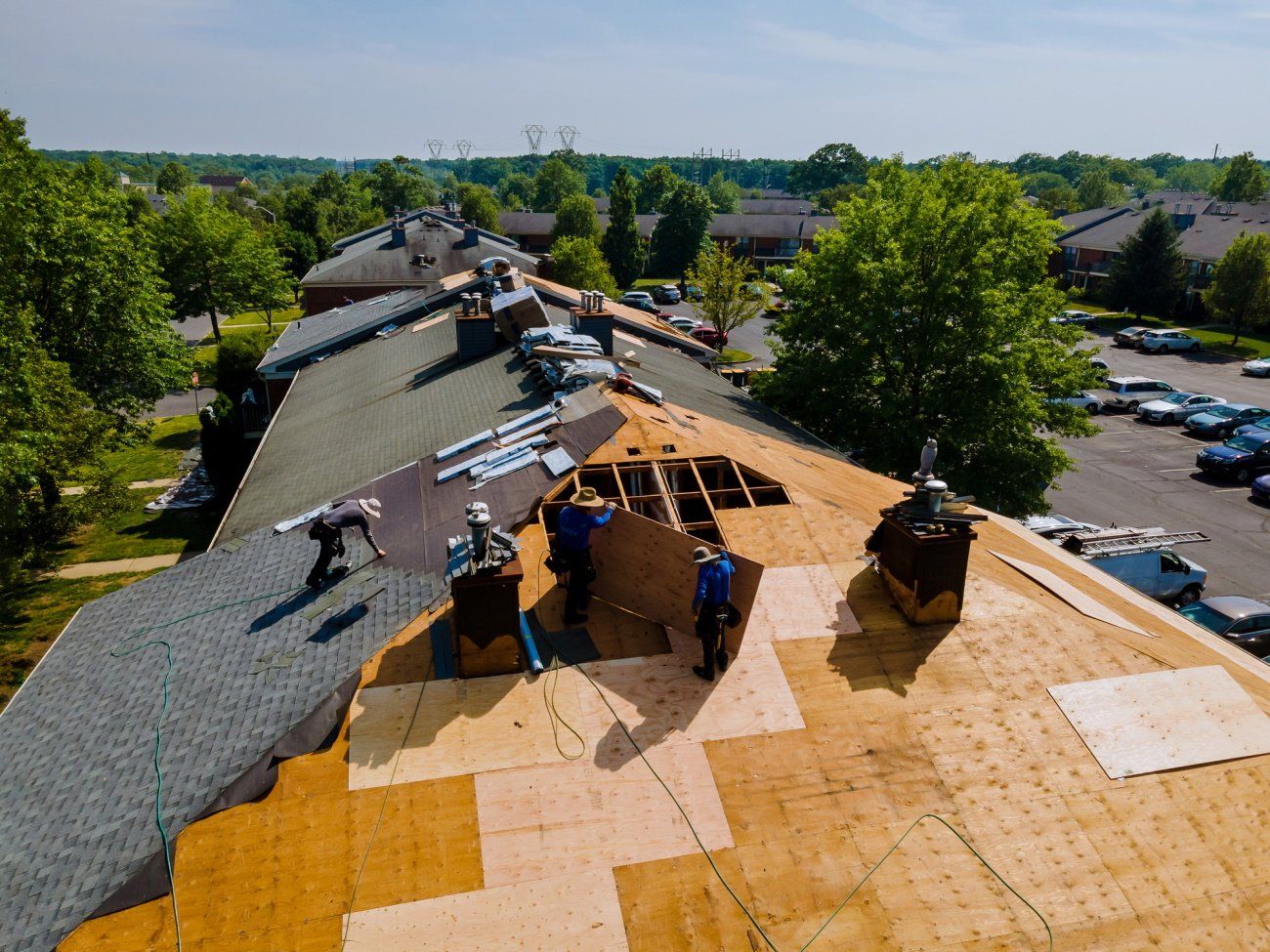

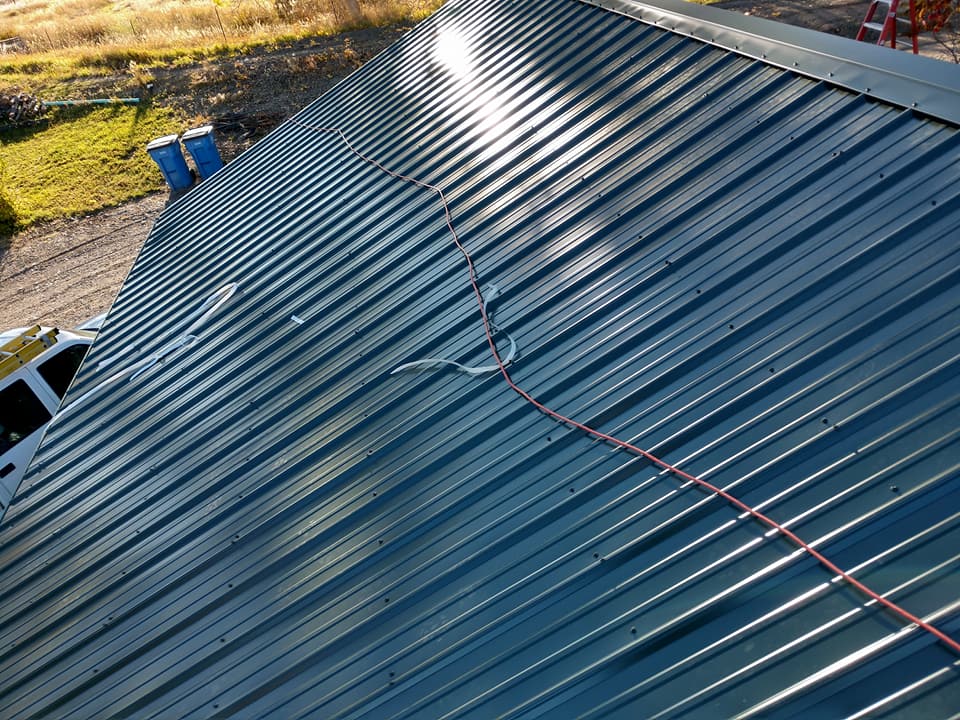

![What Is Torch Down Roofing? [Benefits and Downsides]](https://lirp.cdn-website.com/d89ea654/dms3rep/multi/opt/iStock-1092069734-6690c8ea-1920w.jpg)
